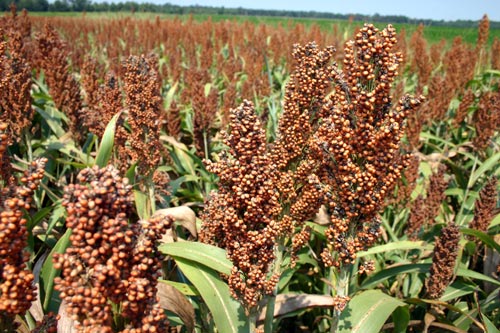
The Great Flood of 2011 has forced many producers to rethink planting decisions.The optimum planting window for most of the major row crops has passed, but farmers may still be able to plant and harvest good grain sorghum yields.University of Arkansas specialist Jason Kelley discusses the issues of late-planting for milo or grain sorghum.
June 7, 2011

As farmers with flooded fields try to decide how to salvage what’s left of the 2011 crop year, one question that has been arising is “How late can I plant grain sorghum?”
Jason Kelley, the University of Arkansas’ Extension wheat and feed grains specialist, says studies show yields may not be as good as they could have been with May plantings. But farmers can still expect to harvest a respectable crop if they plant in June – with irrigation.
“I would plant full-season hybrids that we normally plant,” says Kelley, referring to studies conducted at the U of A Experiment Station at Marianna. “We have plenty of growing season to still plant full season hybrids. Short season hybrids likely won’t have the yield potential that full season hybrids have.”
He says yields of later planted grain sorghum were variable from year to year due mainly due to extremes in weather, but yields as high as 100 bushes per acre have been achieved and as low as 45 bushes per acre where harvest was delayed by rainfall, resulting in poor grain quality. Grain sorghum planted the first week in July yielded approximately 40 and 80 bushels in both years of the trial.
For more information on Kelley’s comments go to http://www.arkansas-crops.com/2011/05/26/how-late-can-we-plant-grain-sorghum/.
For grain sorghum hybrid testing results go to http://www.arkansasvarietytesting.com/
You May Also Like



